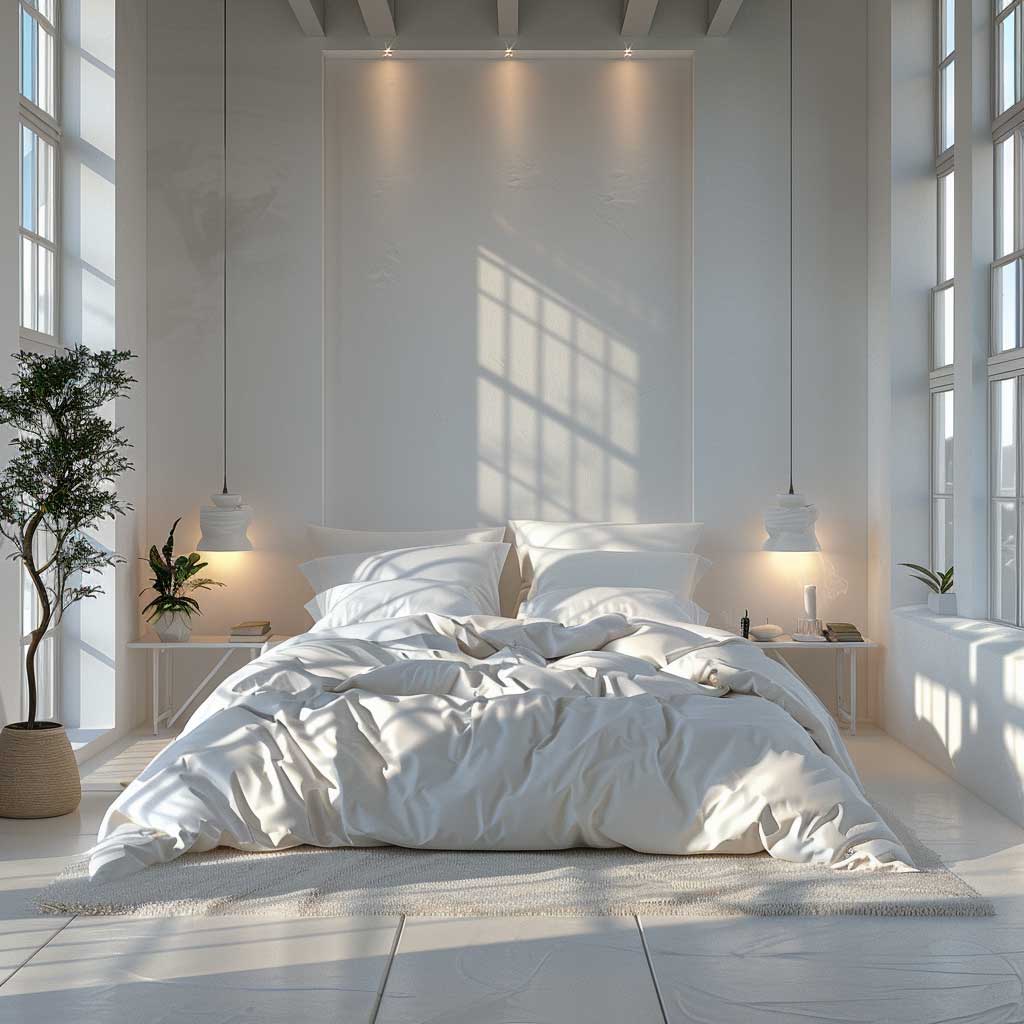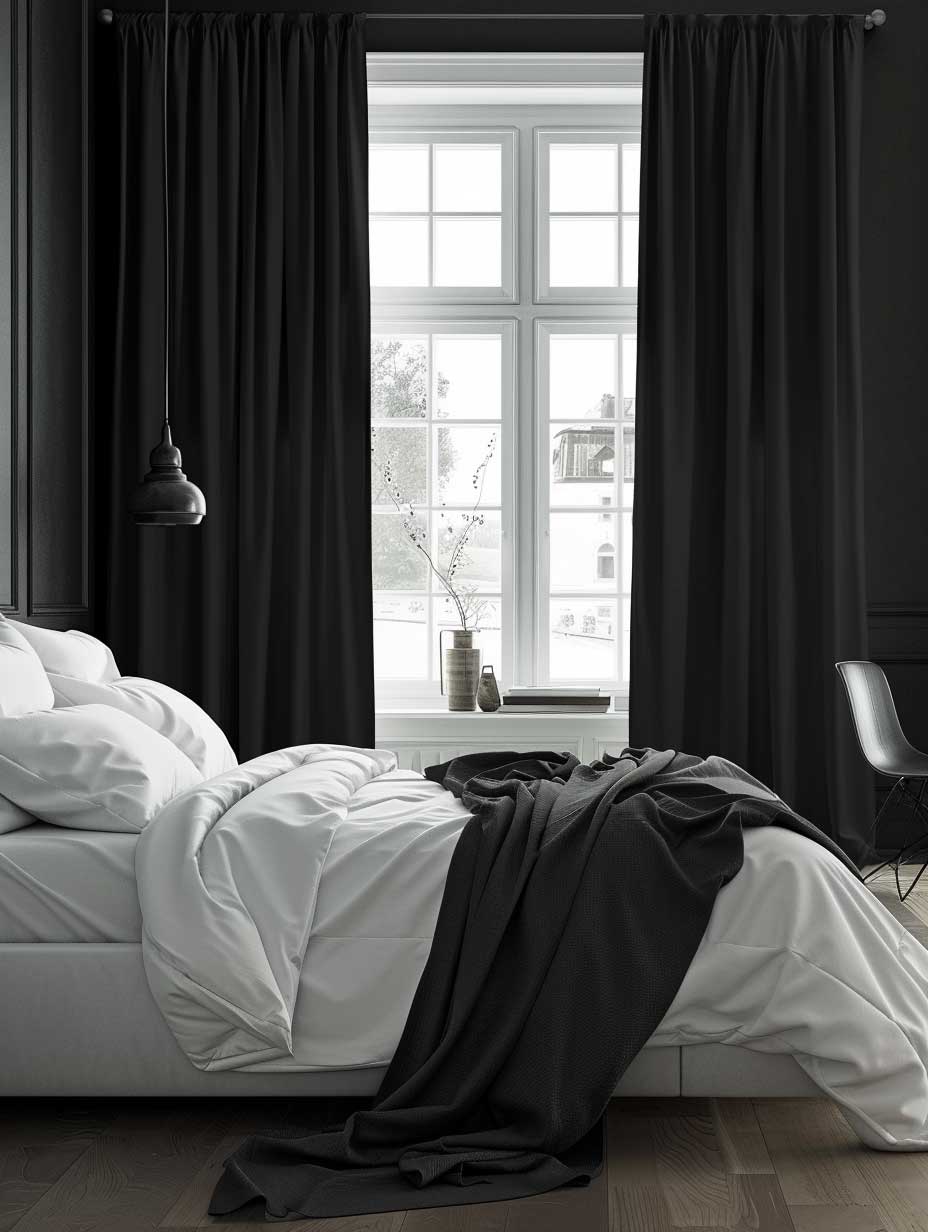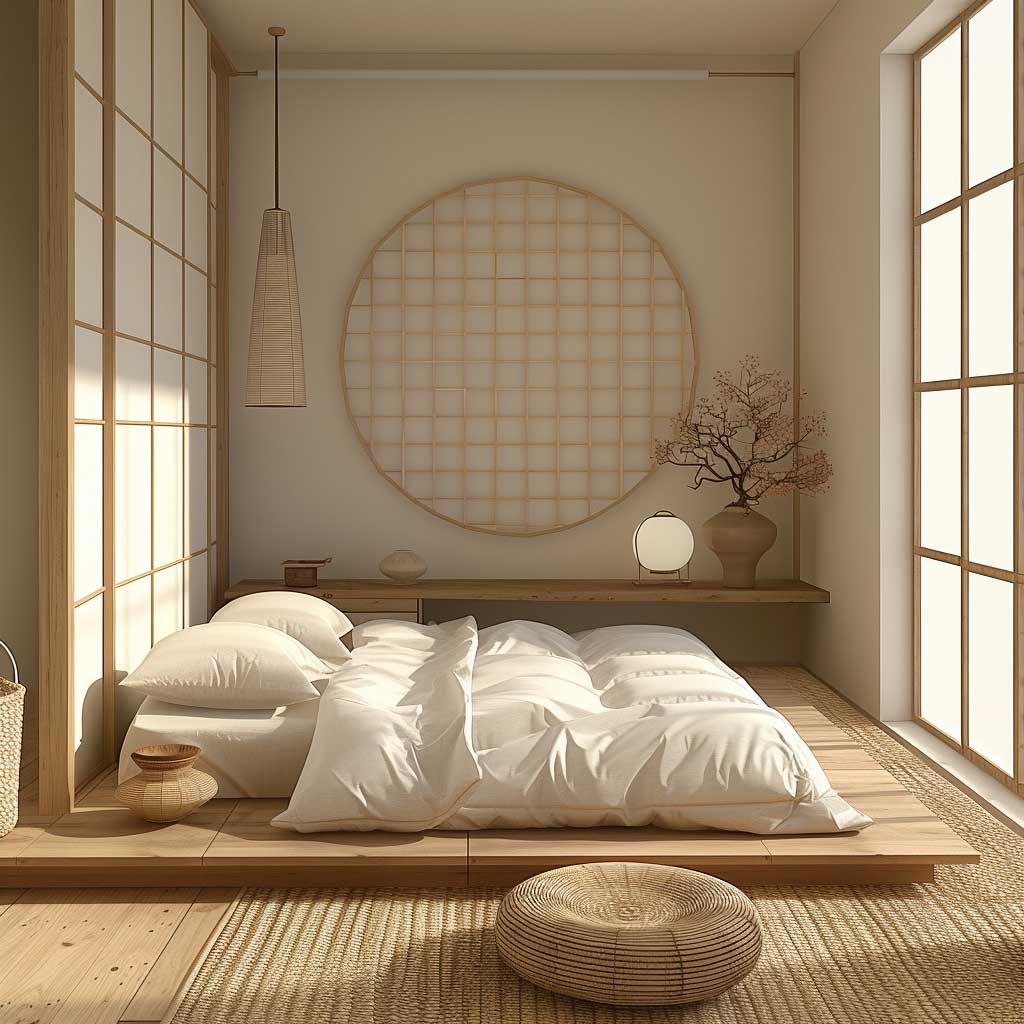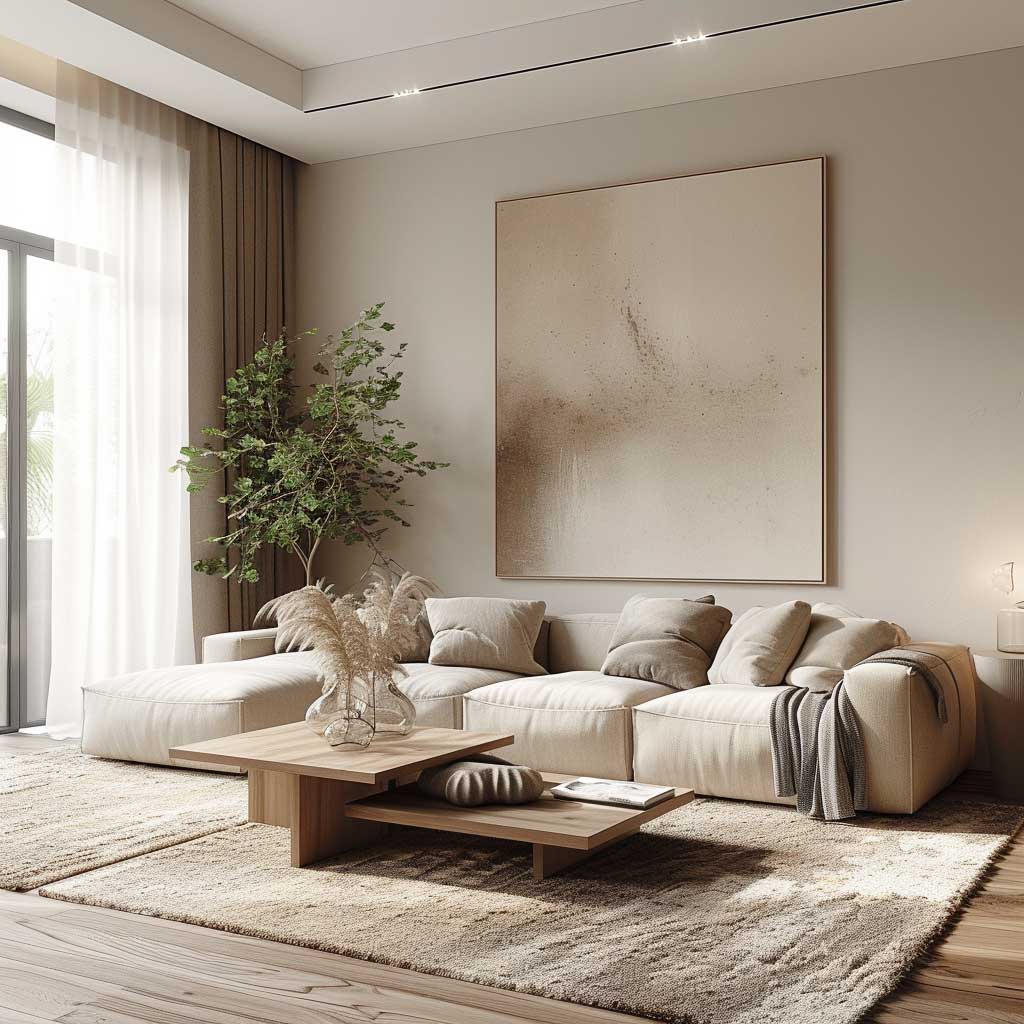In the realm of home decor, minimalist interior painting design techniques offer a pathway to elegance and serenity. This approach emphasizes simplicity, functionality, and the beauty of restraint. By carefully selecting colors, textures, and finishes, minimalist design creates spaces that are both stylish and soothing. The key lies in the thoughtful consideration of each element, ensuring that every brush stroke contributes to an atmosphere of harmony and balance.
Serenity in Simplicity: Crafting Calm with Minimalist Interior Painting

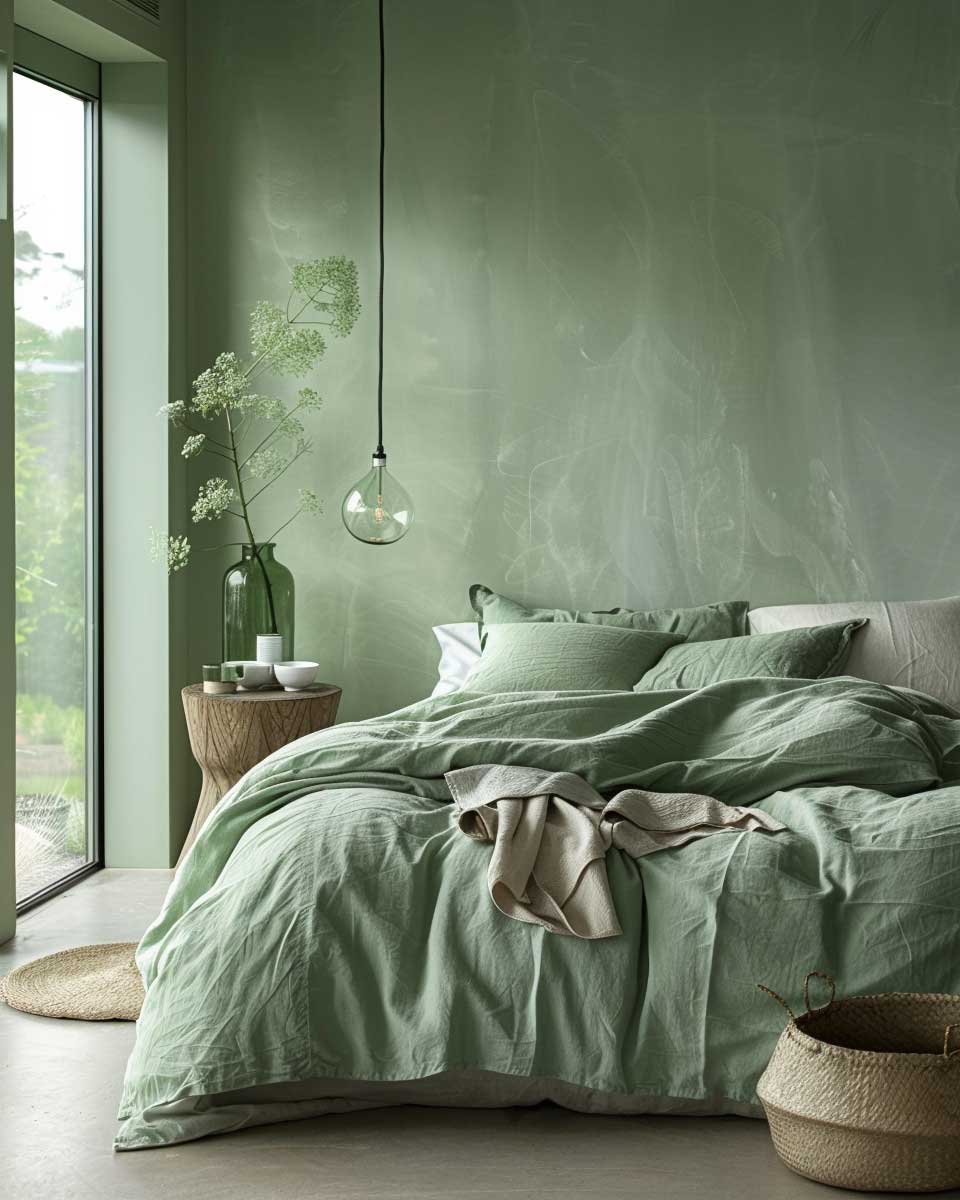


Minimalist interior painting design is a celebration of the essence of simplicity, embodying the philosophy that less is indeed more. In the heart of a bedroom designed with minimalist principles, every element from color to texture serves a purpose, fostering an atmosphere of calm and tranquility. This design approach strips away the unnecessary, focusing on what truly matters – the purity of space, light, and subtle elegance.
In creating serenity through minimalist design, color selection becomes paramount. Soft, muted tones are chosen not just for their aesthetic appeal but for their psychological effects. Colors such as pale blues, soft grays, and warm whites are favored for their ability to expand the sense of space and imbue the room with a peaceful ambiance. These colors reflect natural light beautifully, making the room feel airy and more open, further enhancing the minimalist ethos of uncluttered spaces.
The texture of the paint also plays a crucial role in minimalist interior design. A smooth, matte finish is often selected for its ability to absorb light rather than reflect it, contributing to the overall calmness of the space. This choice avoids the distraction of gloss and sheen, maintaining the room’s serene atmosphere. The walls become a quiet backdrop to life, supporting rather than overpowering the room’s other elements.
Minimalist design thrives on the principle of purposeful simplicity. In a bedroom where this design philosophy is applied, every piece of furniture and decor is chosen with intention. The minimalist approach to interior painting complements this by ensuring the walls do not compete with the room’s few, carefully selected items. Instead, the painted surfaces work in harmony with the space’s overall design, enhancing the feeling of tranquility.


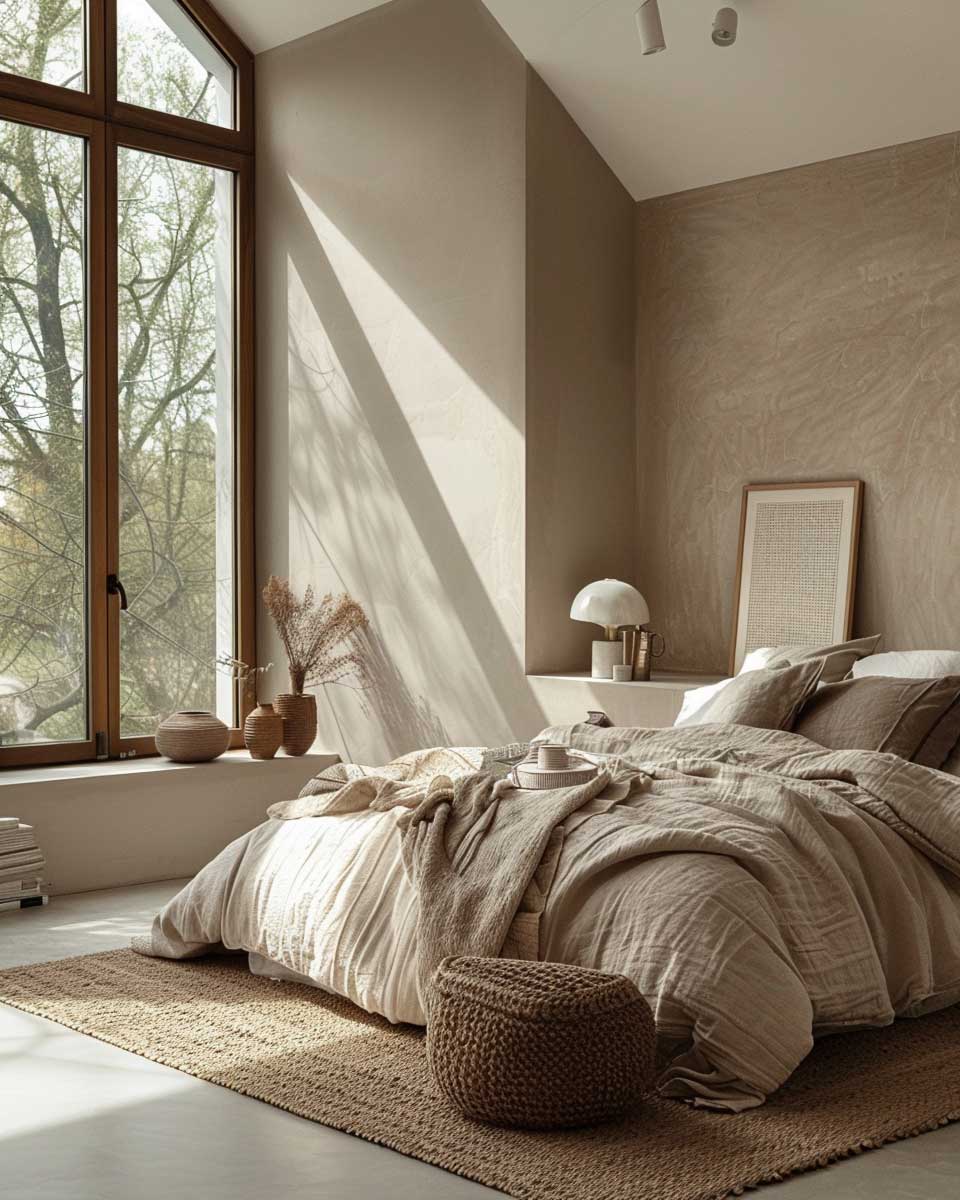

The strategic use of color and texture in minimalist painting design extends beyond aesthetics; it is about creating a sanctuary that promotes rest and rejuvenation. In a world that is often chaotic and overwhelming, a bedroom designed with minimalist principles offers a retreat, a place where one can unwind and find peace at the end of the day. This design choice speaks to the desire for a life that is less cluttered, more focused, and deeply connected to the essence of well-being.
Moreover, minimalist interior painting design is adaptable, able to evolve with the homeowner’s changing tastes and needs. The simplicity of the color scheme and the unadorned finishes mean that small changes in decor or furniture can significantly alter the room’s feel without the need for a complete overhaul. This adaptability makes minimalist design not only aesthetically pleasing but also practical and sustainable.
In conclusion, crafting serenity in a bedroom through minimalist interior painting design is an art that balances simplicity with functionality. It is a deliberate choice that embraces the beauty of less, creating spaces that are calm, peaceful, and reflective of the true priorities of those who inhabit them. This approach to design is a testament to the power of minimalism to transform not just spaces but the way we live within them, promoting a life that values quality over quantity, and peace over chaos.
The Art of Less: Embracing Space with Minimalist Interior Painting
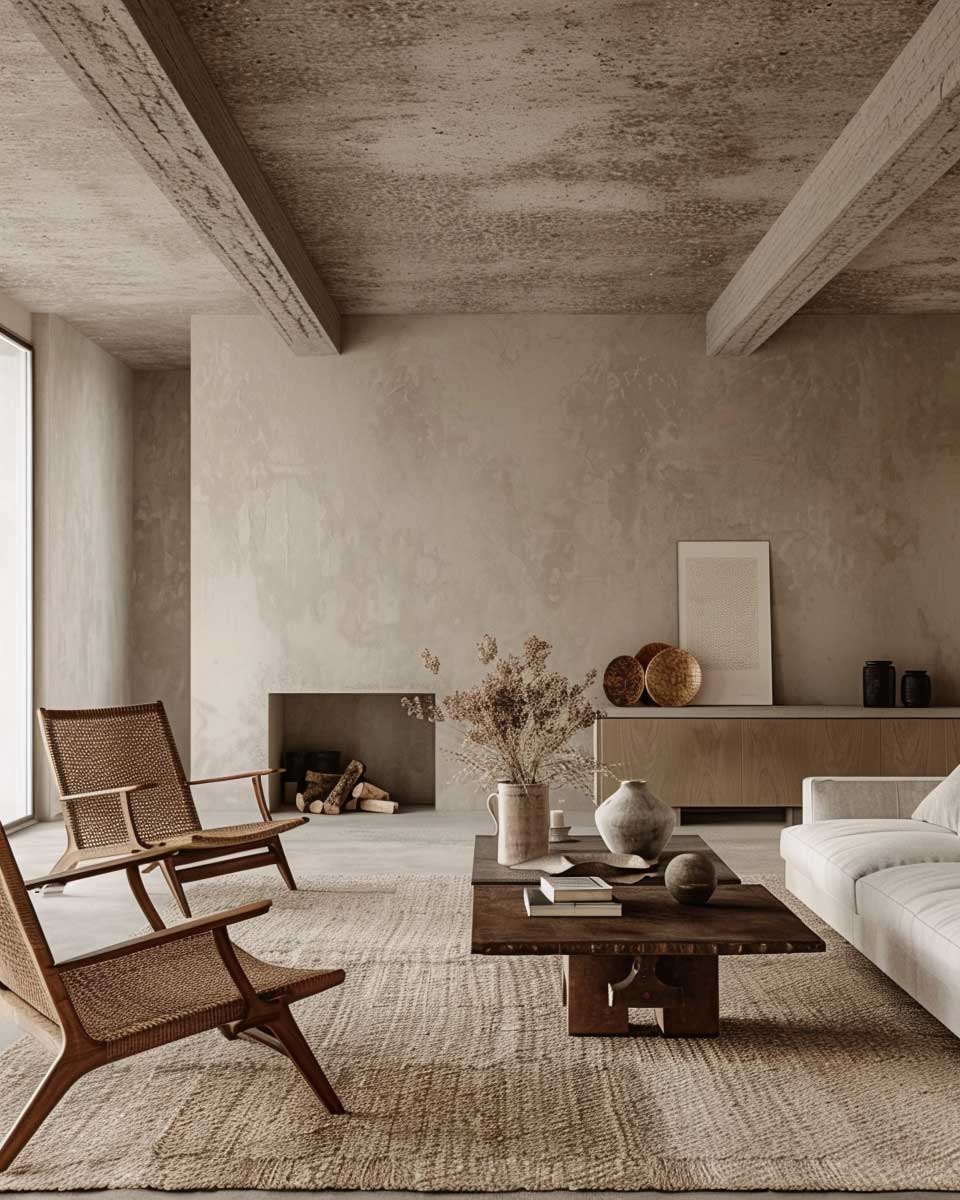



In the vast expanse of a living room painted with the principles of minimalist interior painting, every stroke of the brush is a deliberate act of creation. The art of less is a celebration of space, where monochromatic schemes and subtle textures become the heroes of the narrative. This minimalist approach transforms the living area into a testament to the power of space, proving that in simplicity, there lies a profound beauty and a sense of freedom.
The choice of a monochromatic palette is foundational in minimalist interior painting design. Such simplicity in color choice does not equate to a lack of complexity; rather, it allows for the exploration of depth and nuance within a single hue. Light and shadow play across the surfaces, creating an ever-changing artwork that reflects the time of day and the season. This dynamic interaction with natural light brings the minimalist design to life, highlighting the architectural purity of the space.
In a minimalist living room, the absence of clutter and the careful selection of color emphasize the room’s architectural features. Bare walls become a canvas, drawing attention to the elegance of high ceilings, the boldness of sharp lines, and the intimacy of cozy nooks. The minimalist painting design does not distract from these elements; it amplifies them, allowing the architecture itself to become a focal point.
Furniture and decor in such a space are chosen with intentionality, each piece serving a purpose or sparking joy. This selective approach ensures that each item, whether a sleek sofa, a sculptural lamp, or a single, striking artwork, stands out against the simplicity of the painted background. The minimalist interior painting design acts as a unifying backdrop, bringing cohesion to the space and allowing the carefully curated collection of objects to take center stage.



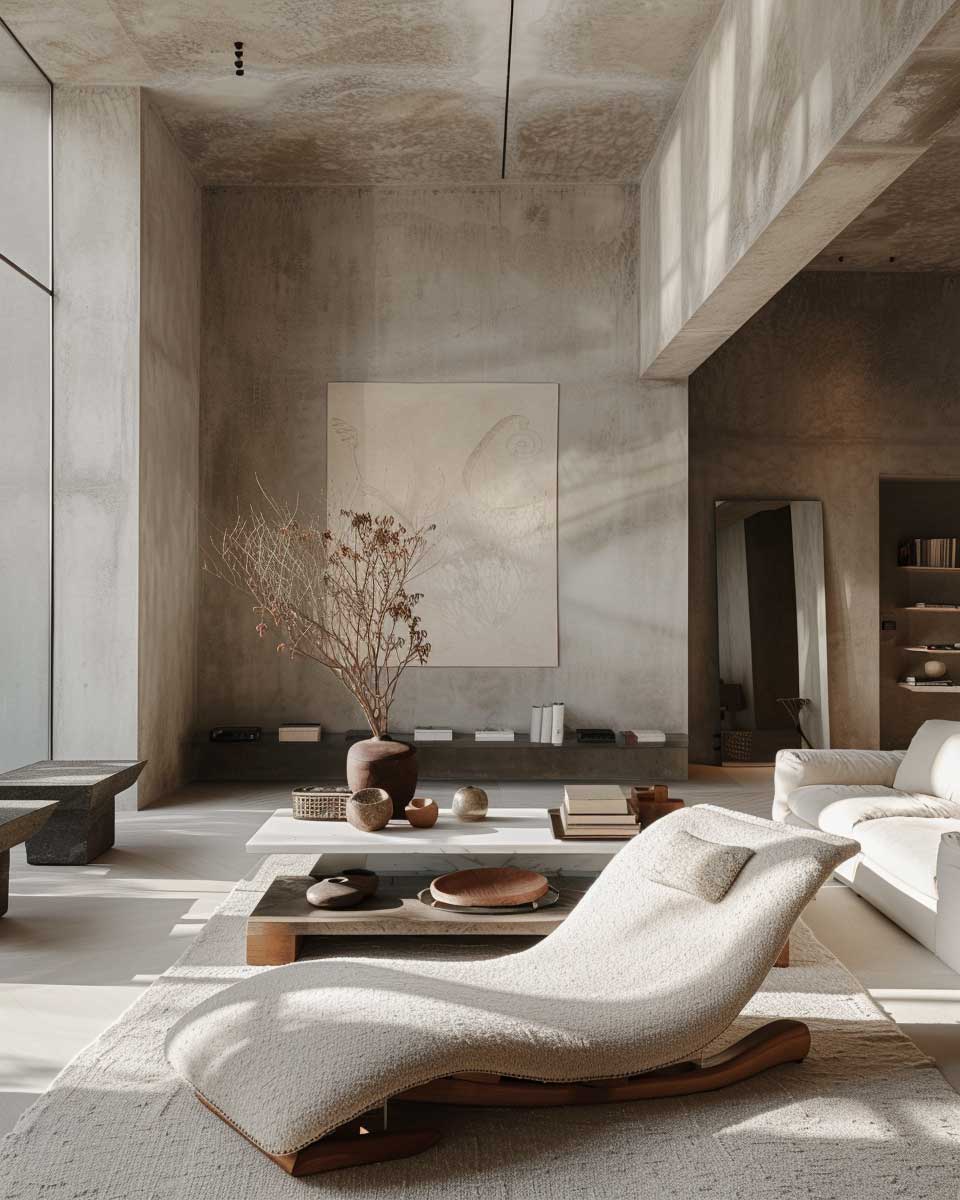
The art of less, as expressed through minimalist interior painting, also invites inhabitants to embrace the space physically and mentally. With more open area, movement becomes more fluid, and the room adapts to the needs of those who use it, be it for relaxation, entertainment, or introspection. Psychologically, the reduction of visual clutter reduces cognitive overload, creating a sanctuary where the mind can unwind and creativity can flourish.
Adopting minimalist interior painting techniques is an exercise in restraint and refinement. It requires a discerning eye to appreciate the subtleties of a restrained color scheme and the courage to prioritize space over ornamentation. This approach does not see emptiness but potential—a potential for life’s moments to unfold in an environment that is both serene and stimulating.
In embracing the art of less through minimalist interior painting, one embarks on a journey of discovery. It reveals that true luxury lies not in abundance but in the quality of our surroundings and our interactions with them. It teaches that by paring down to the essentials, we do not diminish our lives but enrich them, finding beauty in the space around us and within us.
Harmony in Hue: Balancing Color with Minimalist Interior Painting




The essence of minimalist interior painting design lies not just in the reduction of elements but in the meticulous balance and harmony of those that remain. In the context of a kitchen, where functionality meets style, the minimalist approach to color plays a pivotal role in creating a space that is both efficient and elegant. The “Harmony in Hue” concept embodies this balance, demonstrating how cohesive color schemes can unite an area, promoting both visual appeal and a sense of calm.
Choosing the right color palette in a minimalist kitchen is about more than just aesthetics; it’s about creating an atmosphere that enhances the room’s functionality while keeping it visually uncluttered. Soft, cohesive hues work together to blur the boundaries between different kitchen zones, making the space appear larger and more open. The continuity of color from walls to cabinetry to accents ensures a seamless flow that is pleasing to the eye, fostering a tranquil environment where cooking and socializing can be enjoyed without sensory overload.
This harmony in hue is achieved through careful selection of colors that reflect the kitchen’s natural light and complement its materials. For instance, a palette of earth tones can accentuate natural wood surfaces, while cooler shades might highlight metallic or stone finishes. The choice of matte or slightly satin finishes helps absorb light, reducing glare and further enhancing the soothing quality of the space. This strategic use of color and finish contributes to the minimalist goal of simplicity, emphasizing the beauty and texture of the materials used throughout the kitchen.




Moreover, the minimalist approach to interior painting in the kitchen encourages a thoughtful consideration of how color impacts our mood and productivity. Colors have the power to influence how we feel in a space; for example, blues and greens are known to have a calming effect, making them ideal for creating a relaxed atmosphere in the kitchen. Conversely, warmer tones can stimulate the appetite and add a welcoming warmth, ideal for spaces where meals are shared, and memories are made.
In creating harmony through minimalist interior painting design, the focus extends beyond the walls to include every element of the kitchen. Appliances, fixtures, and even the color of the light bulbs are considered part of the overall color scheme, ensuring that every detail contributes to the unified aesthetic. This holistic approach to design not only maximizes the visual appeal of the space but also enhances its functionality by creating an environment that is coherent and intuitively navigable.
Embracing minimalist principles in interior painting design is not about adhering to strict rules of color or style. It’s about understanding the intrinsic value of harmony and how it can be achieved through thoughtful choices. A harmonious kitchen, achieved through the balanced use of color, becomes more than just a place for culinary tasks; it transforms into a sanctuary of simplicity and elegance, where every moment is imbued with a sense of peace and order.
Minimalist interior painting design techniques are not just about creating visually appealing spaces; they are about crafting environments that reflect the essence of simplicity and mindfulness. By focusing on the fundamentals of color, texture, and space, this design approach offers a way to maximize style while promoting a sense of calm and well-being. In a world where complexity often overwhelms, minimalist design stands out as a beacon of clarity and sophistication.

